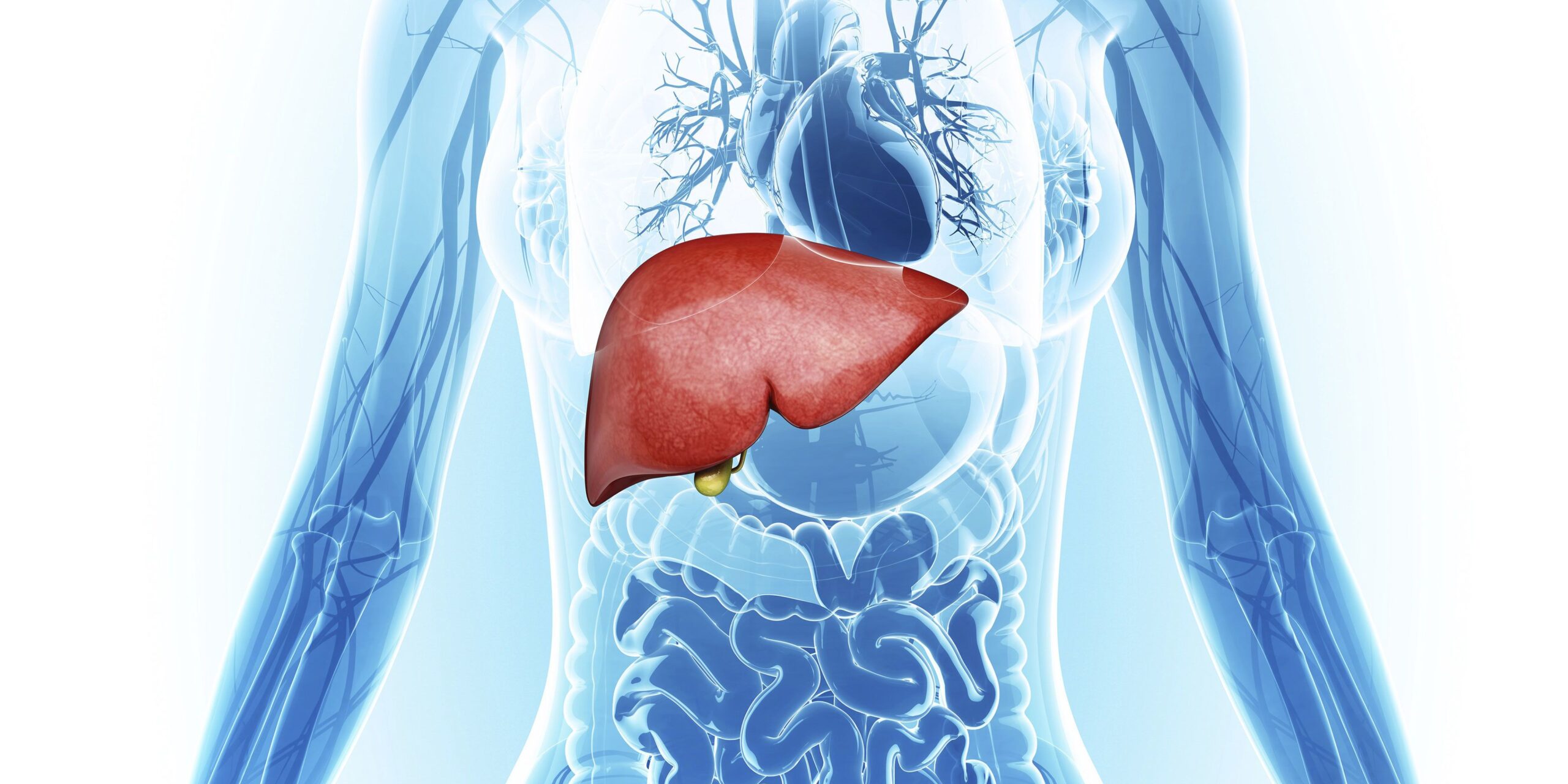Fatty liver or Hepatic Steatosis results from excessive fat buildup in the liver, the second largest organ in your body. The liver is responsible for processing nutrients and filtering them to eliminate the toxic materials in the blood.
According to liver specialists in Delhi, a little bit of fat is not harmful, but too much fat in the liver can damage it and start scarring permanently. Severe scarring can lead to liver failure.
There are two types of fatty liver; Alcoholic Fatty Liver Disease (AFLD) and Nonalcoholic Fatty Liver Disease (NAFLD).
What Does the Liver Do?
- The liver is responsible for creating protein for the body
- It produces bile and supports digestion
- Nutrients are converted into energy by the liver
- The liver stores iron
- It filters harmful toxins and bacteria from the blood
- The liver helps in blood clotting
What Happens in Fatty Liver Disease?
In the initial stage, the fatty liver does not pose any serious threat, and the liver keeps on functioning normally. It can change its course over time. The stages of fatty liver disease are:
- The first stage is Steatohepatitis, where the inflammation of the liver starts affecting the tissues
- The second stage is fibrosis, where scar tissue starts forming
- Cirrhosis of the liver occurs in the last stage, where many scar tissues take the place of the healthy tissues
Cirrhosis of the liver causes irreparable liver damage. Scar tissues prevent the liver from functioning properly. The liver stops working in the long run, which may lead to liver failure, liver cancer, and organ failure.
What Are the Different Forms of Fatty Liver Disease?
- Nonalcoholic Fatty Liver Disease (NAFLD)
In nonalcoholic fatty liver disease, fat accumulates in the liver without any history of regular alcohol intake.
Nonalcoholic Steatohepatitis happens (NASH) when the excess fat in the liver leads to inflammation of the liver cells. If not treated, this condition can eventually lead to liver fibrosis and liver failure.
- Alcoholic Fatty Liver Disease (AFLD)
Excessive alcohol intake can result in Alcoholic fatty liver disease (AFLD). In Alcoholic Steatohepatitis, the excess fat in the lives leads to inflammation of liver tissues. Alcoholic fatty liver disease can lead to acute liver failure.
- Acute Fatty Liver of Pregnancy (AFLP)
Acute fatty liver of pregnancy is a rare and severe complication in pregnancy. In some cases, during pregnancy, extra fat builds up in the liver. The reason for this condition is primarily unknown or genetic.
During the third trimester of pregnancy, excess fat may accumulate in the liver, posing a severe threat to both mother and baby. Once diagnosed, the doctor makes no delay in delivering the baby.
Causes of Fatty Liver
The causes involve:
- Type 2 diabetes
- Obesity
- Metabolic syndrome
- Impaired insulin sensitivity
- Alarming levels of triglycerides in the blood
- Side effects of certain kinds of medication
- Genetic condition
- Infections such as Hepatitis C
- Pregnancy
Read: How do you interpret a TSH test result?
Symptoms of Fatty Liver
Usually, people with fatty liver do not show any symptoms. In Cirrhosis of the liver, several symptoms can be observed, such as:
- Sudden weight loss
- Loss of appetite accompanied by nausea
- Abdominal pain
- The skin and whites of the eyes turn yellow Mental confusion, along with extreme fatigue
- Edema or swollen abdomen and ankles
The Diagnosis of Fatty Liver
The liver specialists in Delhi will ask several questions regarding
- Family history of liver disease
- Your medical history and the medications you are consuming
- History of alcohol consumption
- Any recent experience of severe weakness, loss of appetite, or unexplained weight loss
What Are the Ways to Diagnose Fatty Liver?
- Physical Examination
Doctors try to identify the symptoms of fatty liver by examining the abdomen. They can feel an enlarged liver by pressing on the stomach. Sometimes the liver can be inflamed without any apparent signs.
- Blood Tests
Doctors recommend special blood tests to check the levels of liver enzymes. Tests like the aspartate aminotransferase test (AST) and alanine aminotransferase (ALT) are advised to determine the liver enzymes’ status.
- Imaging Tests
- CT scan
- Ultrasound exam
- MRI scan
- Vibration-controlled transient elastography (VCTE, Fibro scan)
Doctors recommend these tests to check for the liver’s irregularities or deposition of extra fat.
- Biopsy of the Liver
A liver biopsy is recommended to determine the acuteness of the liver disease. It can ascertain whether it is liver scarring or fatty liver disease.
Conclusion
According to Top liver hospital in Delhi, fatty liver disease can be reversed by possible lifestyle changes like taking a balanced diet and proper weight management. It is best to get treated at the early stages of this disease.









































